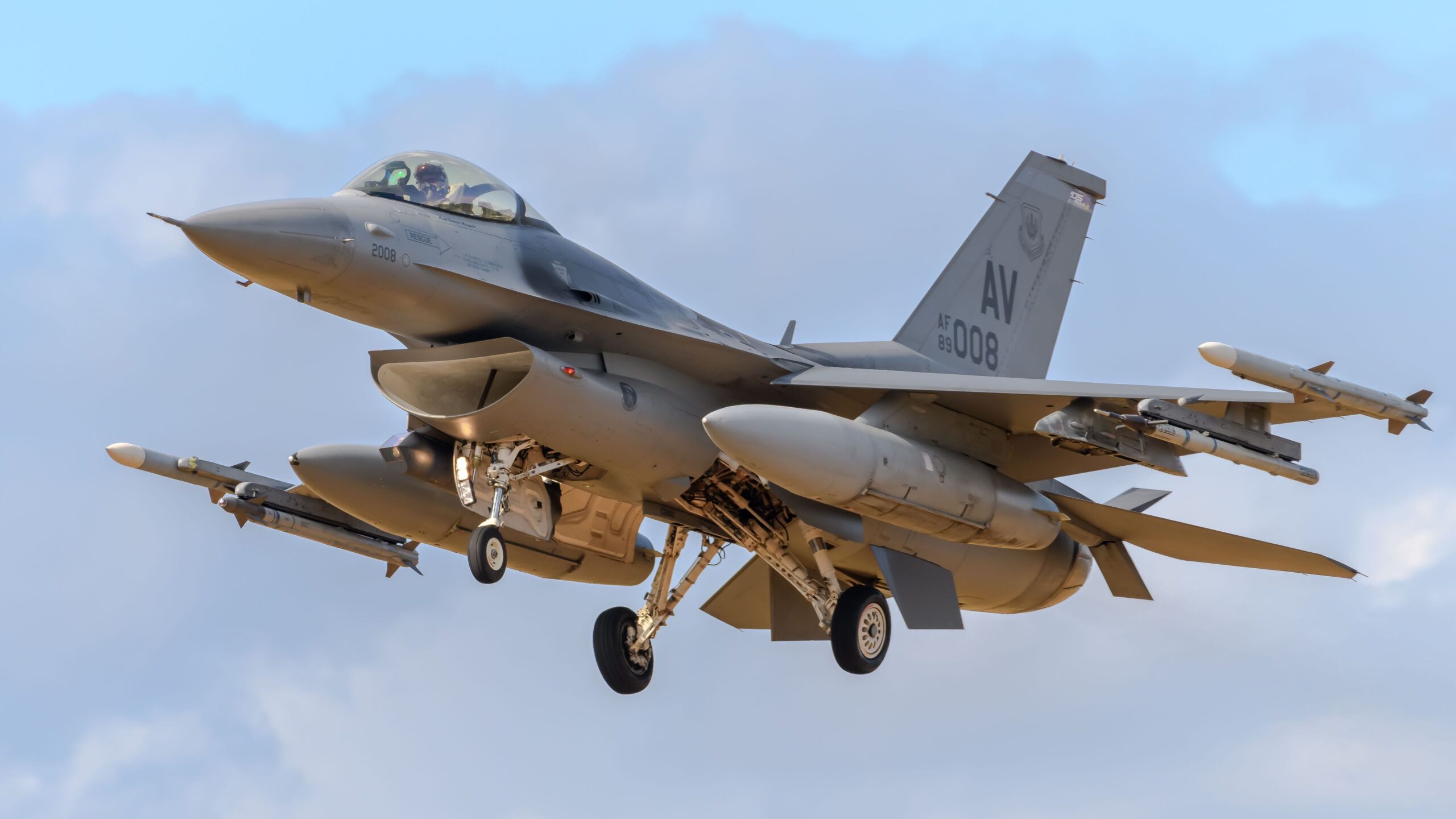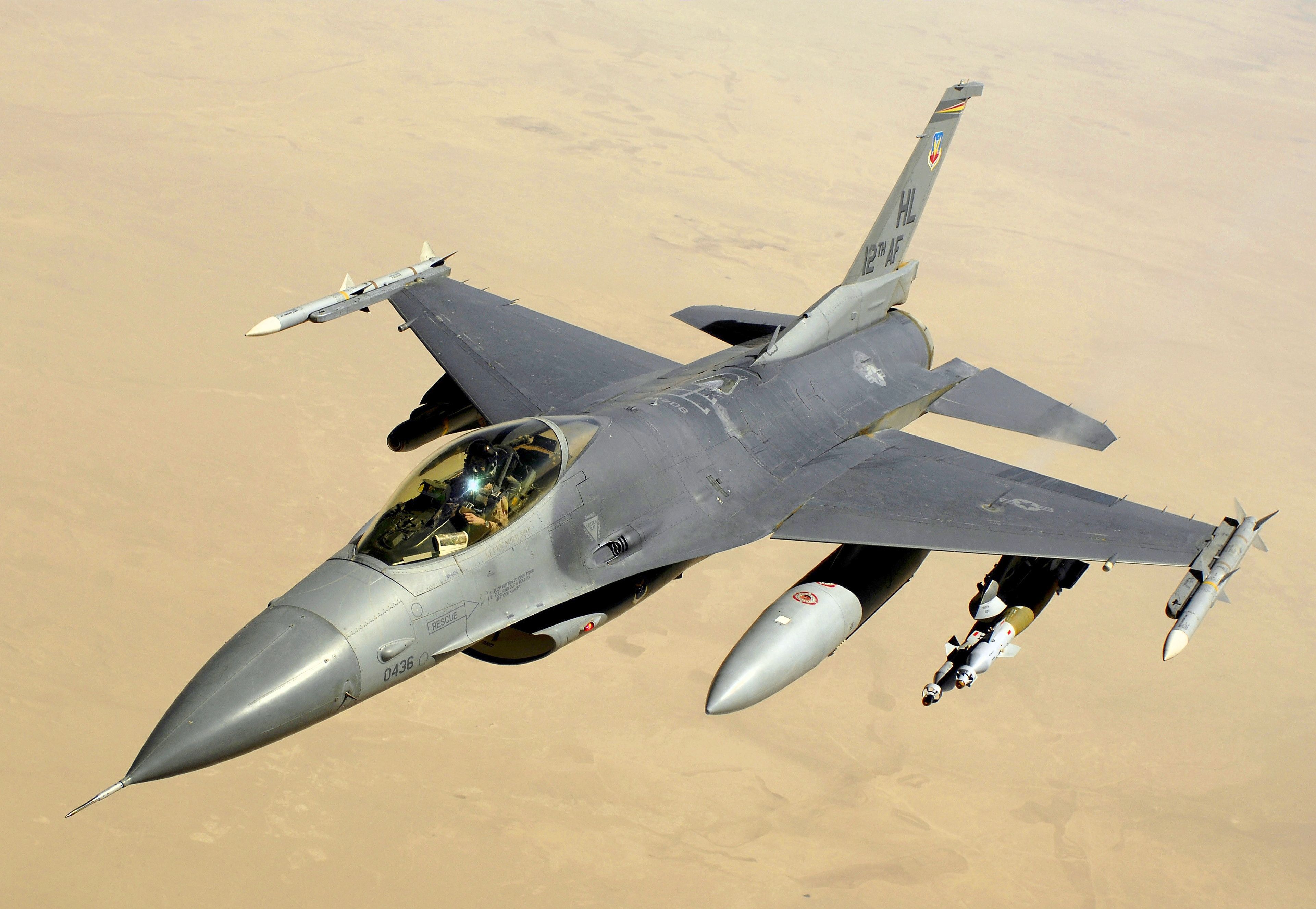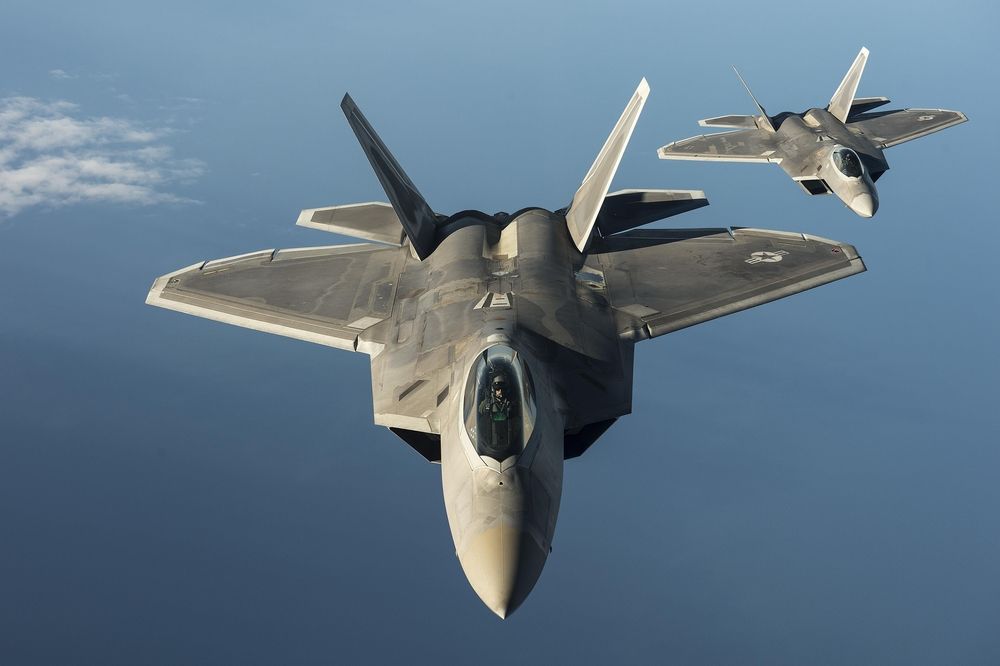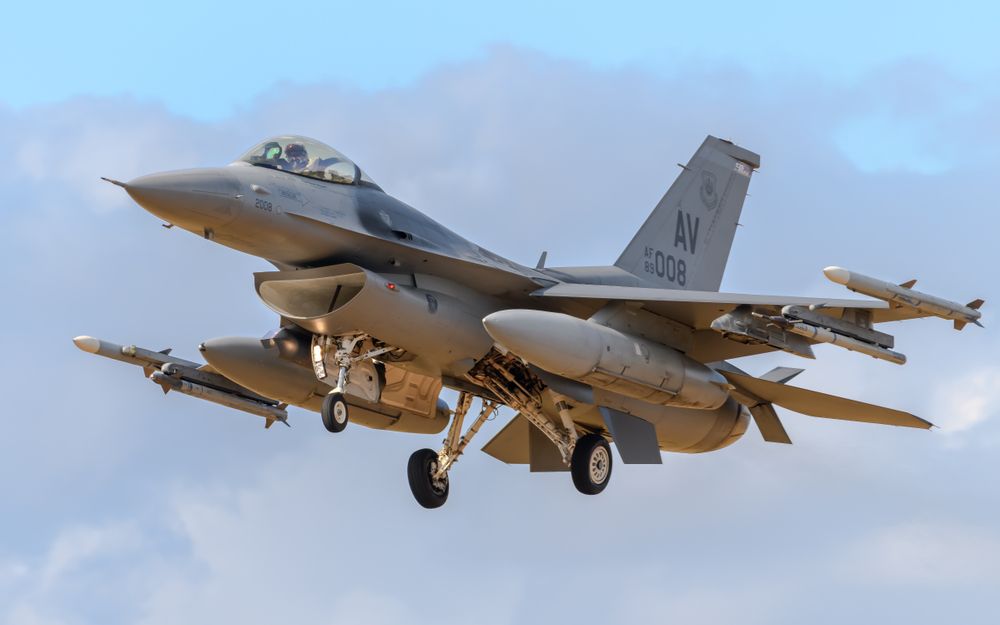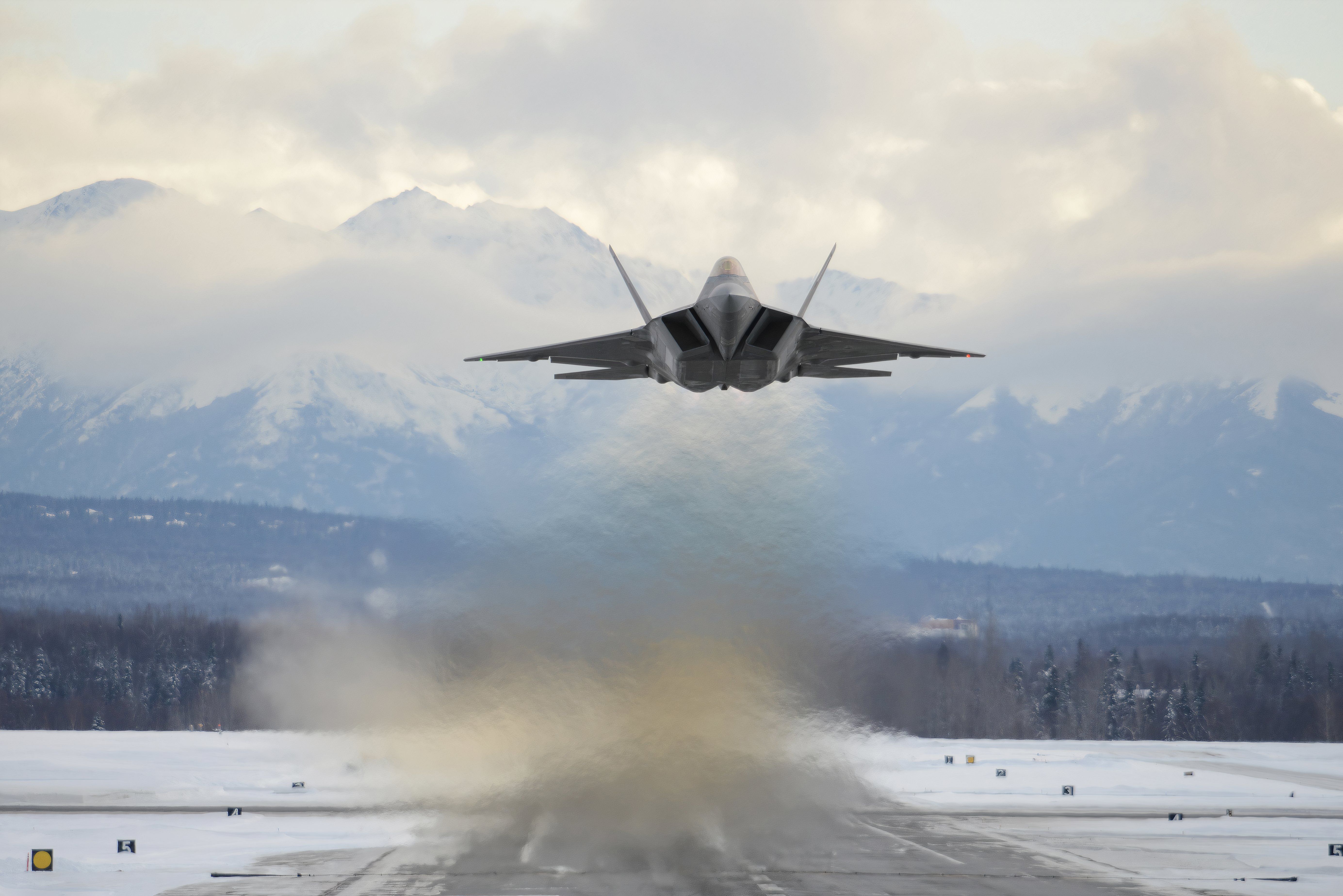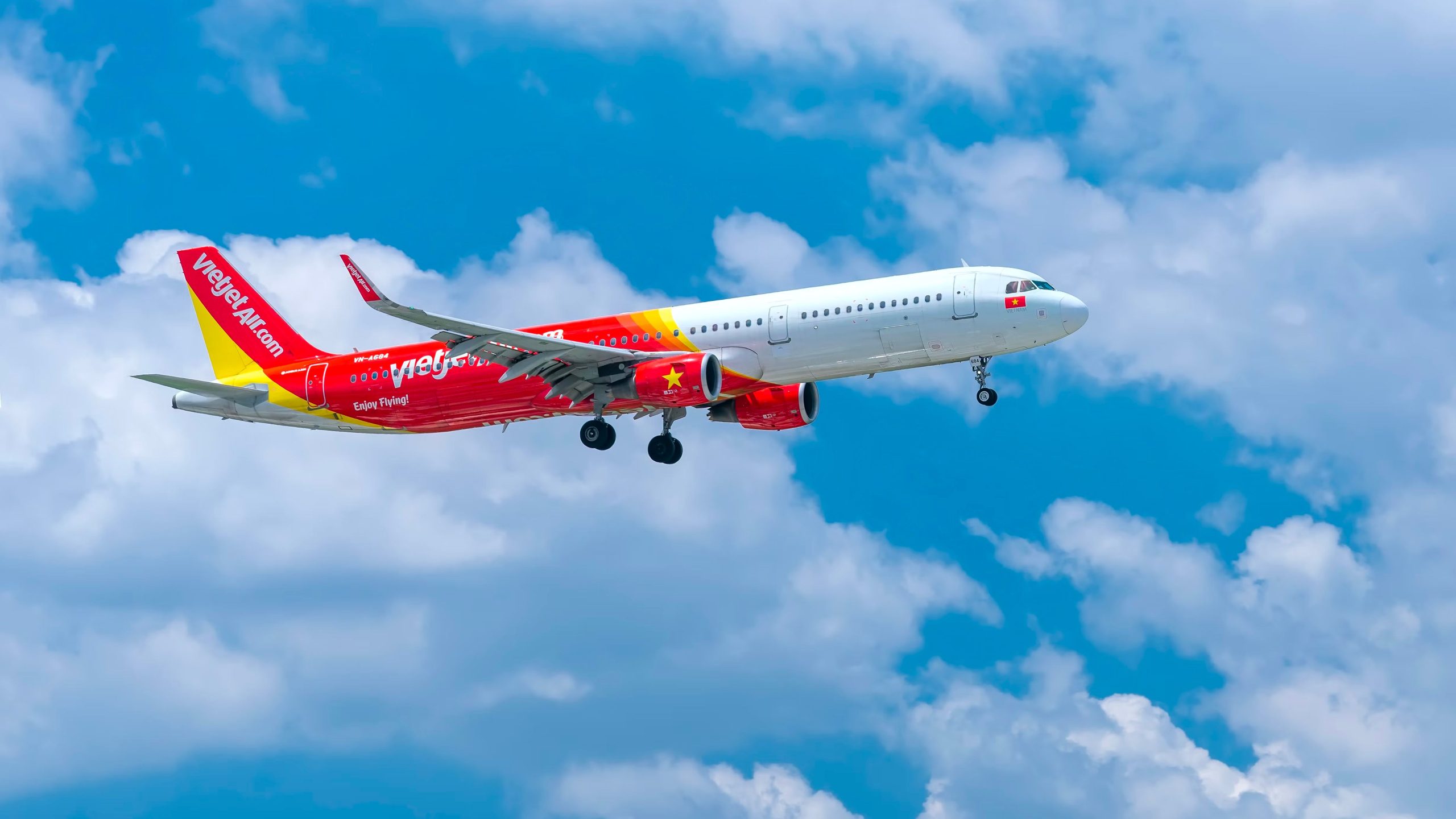Summary
- F-16: Designed for versatility and cost-effectiveness, suitable for various missions.
- F-22: Focuses on stealth and advanced technology, with higher speed and cost.
- F-16 is cost-effective and versatile; F-22 is costly, technologically advanced, and exclusive to the USAF.
The United States Air Force (USAF) boasts some of the most advanced fighter jets in the world, including the F-16 Fighting Falcon and the F-22 Raptor. Both aircraft are crucial to the USAF’s capabilities, yet they serve different roles and come with distinct features. This article delves into the key differences between these two iconic jets, examining their design, capabilities, and operational uses.
History, development, and characteristics
The F-16 Fighting Falcon, developed by General Dynamics (now Lockheed Martin), first took flight in 1974. Originally designed as an air superiority fighter, it has evolved into a multi-role aircraft capable of various missions, including air-to-air combat and air-to-ground strikes. Its lightweight frame and agility have made it a favorite among pilots.
The Fighting Falcon features a single-engine design, characterized by its bubble canopy that offers excellent visibility, and a frameless radar. The jet’s versatility is further enhanced by its excellent maneuverability.
The F-22 Raptor, on the other hand, was developed by Lockheed Martin and Boeing and represents a newer generation of fighter jets. It first took flight in 1997 and achieved operational status in 2005. It was designed primarily for air superiority but also incorporates ground attack, electronic warfare, and signal intelligence capabilities.

Related
Is The F-22 Raptor Really Unbeatable?
The Lockheed Martin F-22 Raptor is a Cold War aircraft designed to fight the Soviet Union.
The F-22 features a twin-engine design and is renowned for its stealth capabilities, incorporating advanced materials and design techniques to reduce its radar cross-section. The Raptor’s thrust vectoring nozzles and integrated avionics ensure superior agility and performance.
Photo: USAF
According to Lockheed Martin, the key characteristics of the F-16 and F-22 are:
|
|
F-16 |
F-22 |
|
Type |
Multirole and air superiority fighter |
Air superiority fighter |
|
Ferry Range |
2,277 nmi (2,620 miles; 4,217 km) |
1,740 nmi (2,000 miles; 3,220 km) |
|
Maximum Speed |
Mach 2.05 (1,353 mph; 2,178 km/h) |
Mach 2.25 (1,500 mph; 2,410 km/h) |
|
G Limits |
+9.0 |
+9.0 / -3.0 |
|
Service Ceiling |
50,000 ft (15,000 m) |
65,000 ft (20,000 m) |
|
Empty Weight |
18,900 lbs (8,573 kg) |
19,700 lbs (19,700 kg) |
|
Length |
49 ft 5 in (15.06 m) |
62 ft 1 in (18.92 m) |
|
Wingspan |
32 ft 8 in (9.96 m) |
44 ft 6 in (13.56 m) |
|
Height |
16 ft (4.88 m) |
16 ft 8 in (5.08 m) |
Key differences between the F-16 and F-22
One of the most significant differences between the F-16 and F-22 is their design focus – with the latter being larger and heavier. The F-16 was designed for versatility and cost-effectiveness, making it suitable for a variety of missions. In contrast, the F-22 was designed with a focus on stealth and advanced technology.
Photo: USAF
The F-16 is powered by a single engine, whereas the F-22 features twin engines. This difference in design impacts their performance, with the F-22 boasting superior thrust and speed capabilities. The F-22’s thrust vectoring nozzles give it unparalleled maneuverability, surpassing the already impressive agility of the F-16.
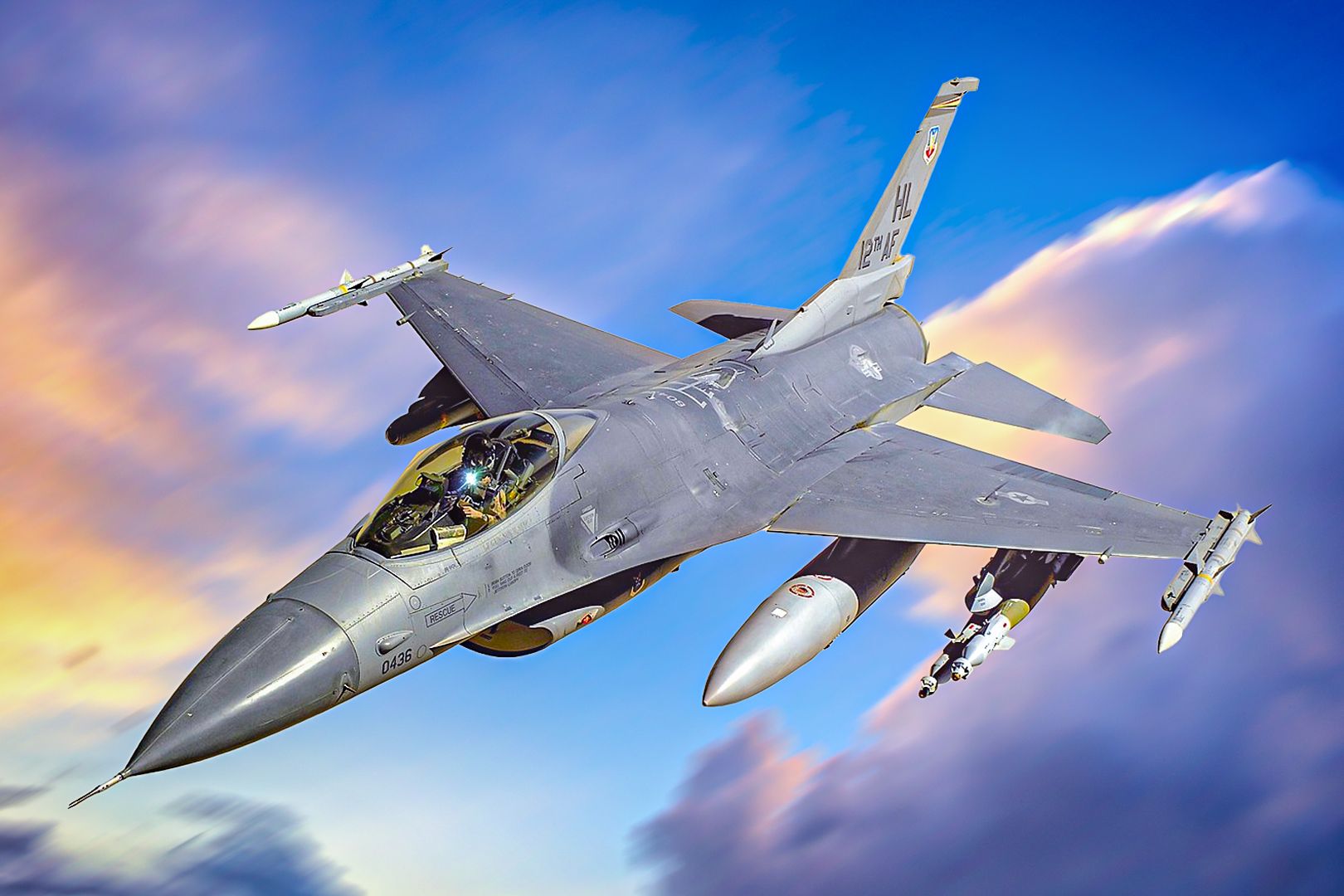
Related
Top 5 Combat Achievements Of The F-16 Fighting Falcon
The famous fighter has been in deployment for more than four decades.
While the F-22 boasts a higher maximum speed than the F-16, it has a shorter range. When it comes to service ceilings, the F-22 stands out for its ability to operate at altitudes up to 15,000 feet (5,000 meters) higher than the F-16, per ArmedForces.
Photo: Aditya0635 | Shutterstock
The F-16 serves as a multirole fighter, adept at both air-to-air combat and ground attack missions. Its versatility allows it to be deployed in a wide range of combat scenarios. The F-22, however, excels in air superiority missions designed to dominate the skies and neutralize enemy aircraft before they can pose a threat. Its stealth capabilities also allow it to perform deep strikes in contested airspace without detection.
The F-16, while advanced, does not match the technological sophistication of the F-22. The Raptor’s integrated avionics and electronic warfare systems provide a significant edge in modern combat scenarios.
Cost and deployment
Apart from their technical differences, the cost difference between the two jets is substantial. The F-16 is known for its cost-effectiveness, with a starting cost of $14.6 million, as stated on the USAF website.
Photo: A Periam Photography | Shutterstock
The F-22, on the other hand, costs a whopping $143 million — nearly ten times the cost of the F-16! The high cost of the F-22, driven by its advanced technology and stealth capabilities, has limited its production numbers compared to the more widely produced F-16.
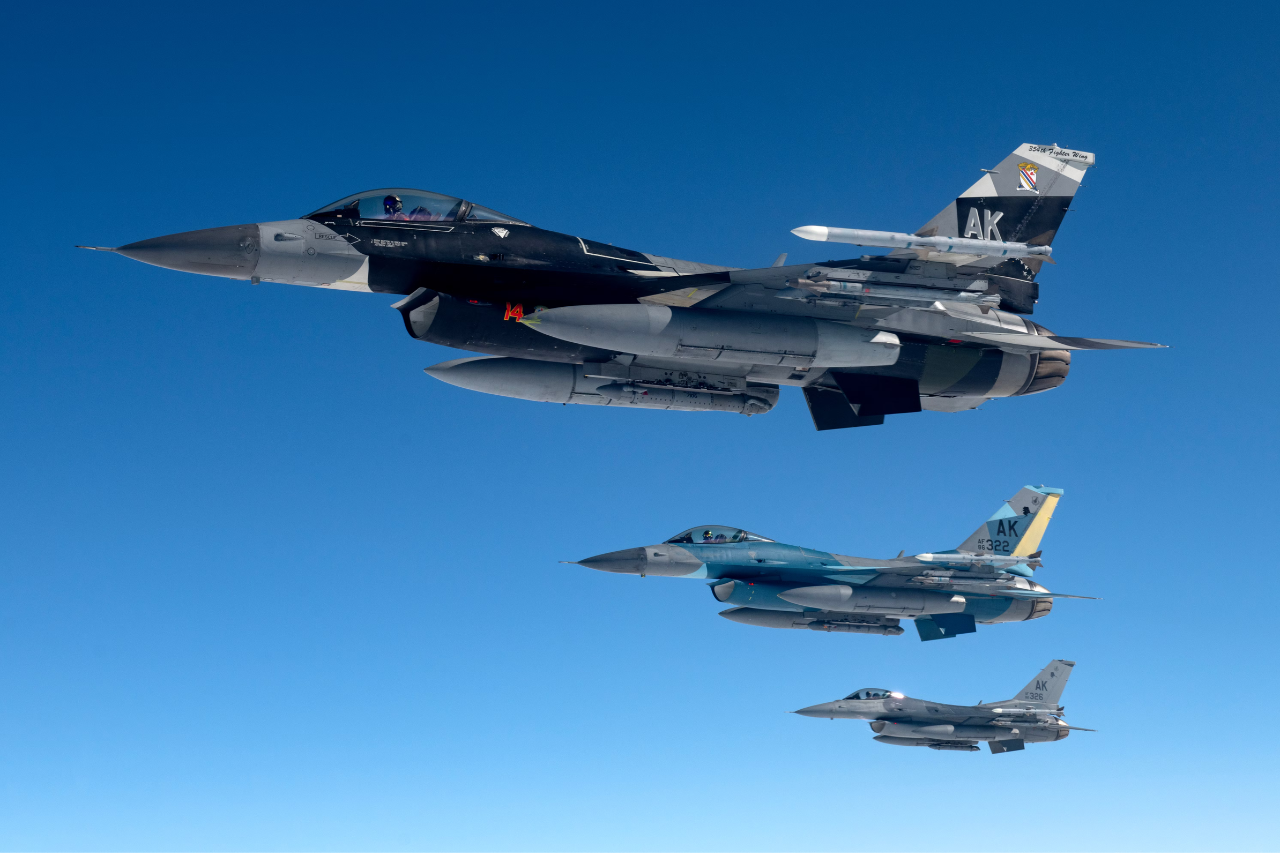
Related
Why Is The F-16 Fighter Jet Still So Popular After 50 Years?
Since its first flight in 1974, the F-16 ‘Fighting Falcon’ remains a top choice for air forces around the world
Additionally, the F-16 has been exported to numerous countries and remains in active service worldwide, reflecting its versatility and reliability. The F-22, however, is restricted from export due to its sensitive technology and is used exclusively by the USAF, per the USAF. This difference in operational use highlights the distinct roles these aircraft play in the USAF’s strategy.
Conclusion
The F-16 Fighting Falcon and the F-22 Raptor are both remarkable aircraft, each representing different eras and philosophies in fighter jet design. The F-16’s versatility, cost-effectiveness, and widespread use make it a cornerstone of many air forces around the world. The F-22, with its advanced stealth, superior technology, and unmatched air superiority capabilities, represents a formidable force unique to the USAF’s arsenal.
Photo: USAF
Despite their differences, both the F-16 and F-22 remain integral components of the USAF’s air combat capabilities, each contributing to maintaining air superiority and operational effectiveness.

